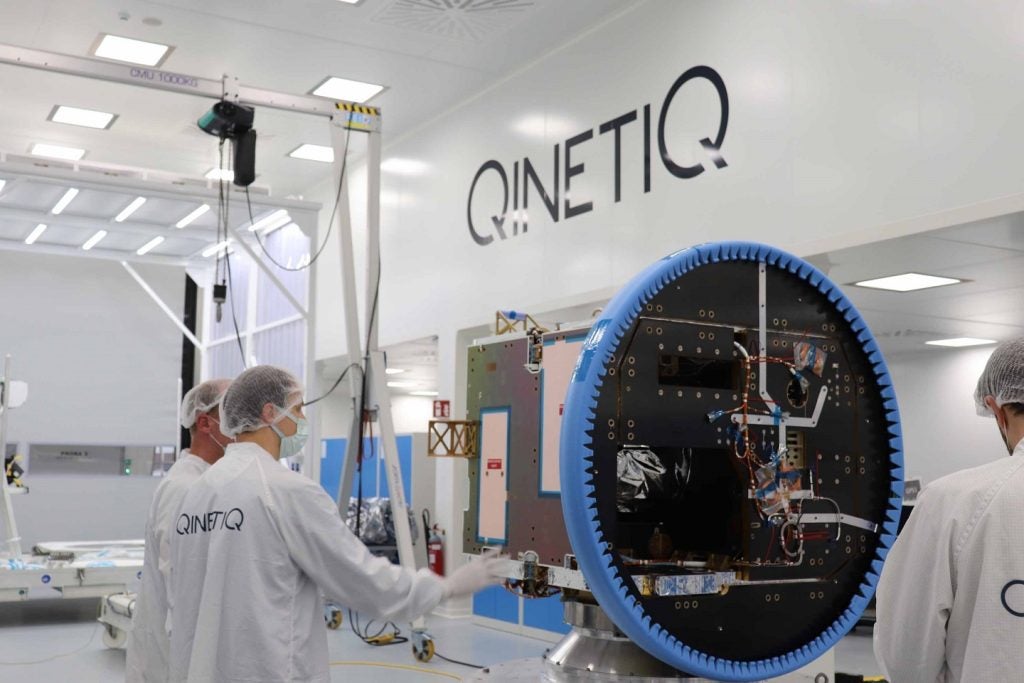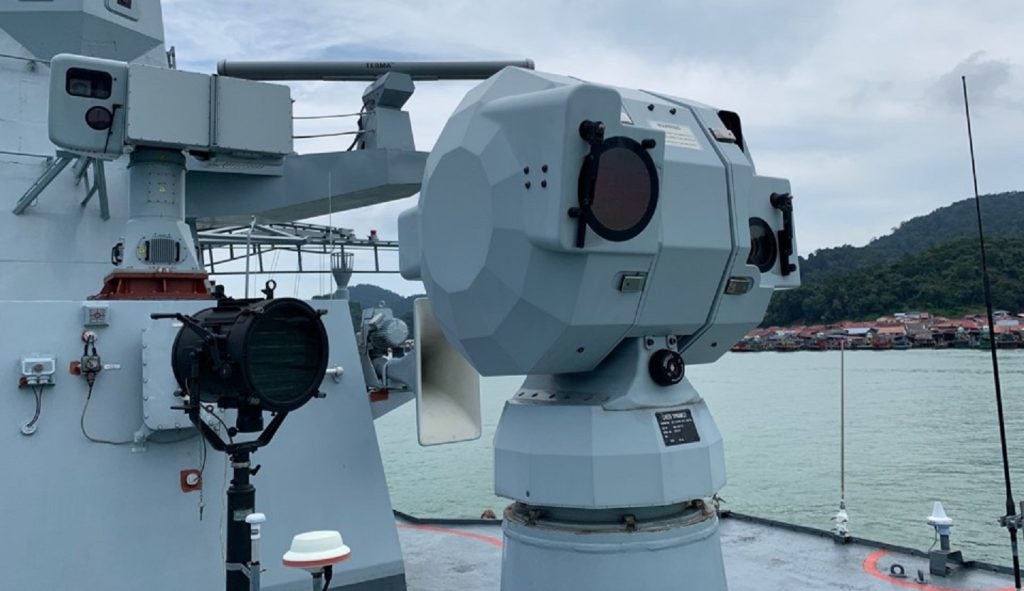
The slow and stagnant process towards gender equality at a global level was reaffirmed as a pressing matter in 2015 when it was embedded in the UN Sustainable Development Goals as SDG5. Although concern for the issue has long prevailed, if significant steps towards gender equality and the empowerment of all women and girls are to be made by 2030, there needs to be a collective effort by stakeholders in all sectors of the economy. Due to their position as a bridge between the private sector and government, investment promotion agencies (IPAs) can play a crucial role in this.
Today, IPAs across the world are implementing measures to become more diverse and inclusive. However, there is no quantitative data on the drivers of gender equality inside IPAs and the effects on an IPA’s work in investment attraction, facilitation, aftercare and policy advocacy. Hence, investment promotion practitioners who aim to move the needle in their own organisation rely on anecdotes and case studies and cannot draw from systematically analysed and proven measures.
You can’t improve what you don’t measure
The best starting point to close the gender gap is to commit to change, rigidly and unwaveringly. In order to create a platform for exchange and community building among experts and practitioners, FDI Center launched its Towards Gender Equality in FDI (TGEinFDI) initiative in 2022. It will bring gender equality in foreign direct investment (FDI) to the forefront of the discussion, facilitate best practice sharing, and initiate efforts to systematically collect and measure data.
In the initiative’s inaugural webinar, Nicola Watkinson, managing director for international trade and investment at TheCityUK, pointed out: “What makes change happen is when you commit to it, when you monitor it, and when you reward or don’t reward performance on the basis of delivering it.”
In response to that, FDI Center designed a comprehensive questionnaire on mainstreaming gender equality in investment promotion and rolled it out across investment promotion professionals around the globe. It is largely based on previous findings from the UN Conference on Trade and Development (UNCTAD) on actions IPAs take to mainstream gender equality in investment promotion. In the following, we will discuss the most relevant findings.
Quantifying the gender gap in IPAs
Most IPAs are still trying to figure out how to handle gender equality within their organisation. More than half of the respondents stated that their organisation neither implements any internal measures to facilitate internal gender equality, nor do they have it reflected in their organisation’s corporate objectives or values. Out of the 12 actions identified by UNCTAD, which IPAs can take to mainstream gender equality in their own investment promotion work, only an average of 4.5 actions are applied in practice.
How well do you really know your competitors?
Access the most comprehensive Company Profiles on the market, powered by GlobalData. Save hours of research. Gain competitive edge.

Thank you!
Your download email will arrive shortly
Not ready to buy yet? Download a free sample
We are confident about the unique quality of our Company Profiles. However, we want you to make the most beneficial decision for your business, so we offer a free sample that you can download by submitting the below form
By GlobalDataThe most common action was related to image-building activities, while only one IPA reported to have an in-house gender focal point. So what do IPAs claim hinders them when it comes to implementing such measures?
Obstacles and excuses
Three in four respondents call for more gender equality initiatives in their organisation, of which most point to one or several deficiencies in their IPA. Obstacles for women to step up the career ladder include unfavourable working conditions such as the gender pay gap, poor work-life balance and a lack of childcare facilities. In addition, most IPAs do not seem to have clear guidelines and policies in place to support the specific career development plans of women in their organisations.
Interestingly, participants working in IPAs where a female majority was evident in leadership positions were more likely to call for gender equality initiatives in their organisations. The opposite is true for IPAs with fewer women in leadership positions. However, the majority of respondents were male and claimed that “the female empowerment movement is the key obstacle itself”, “we care about skills and talent”, or that women themselves lack a “keen interest to pursue this career”.
In 2020, only 17% of the IPAs in the top 100 host countries for FDI were led by women. This begs the question: what difference does it make when women take the lead and reach the top positions in their IPA?
Female leaders push the needle themselves
Organisations with more women in leadership positions outperform others in terms of gender equality inside their organisation and mainstreaming gender equality in their investment promotion work. The data shows that IPA staff are significantly more conscious of gender equality matters in organisations that have a majority of women in leadership positions. Such organisations tend to have gender equality or female empowerment more strongly reflected in their organisation's corporate objectives or values and have launched far more actions to mainstream gender equality in their investment promotion work. Hence, women in leadership can directly affect the agency’s strategic direction in the long run.
In addition, we identified a positive correlation between organisational gender equality measures taken by an IPA and measures affecting its investment promotion work. For instance, gender awareness training for IPA staff may not just create greater awareness for the matter inside the organisation but also induce staff to integrate gender equality elements in their investment attraction and policy advocacy work. Thus, the internal focus on gender equality can become an enabler for SDG5 in the overall activities and impact of an IPA.
How IPAs can support women in taking leadership positions
Creating equal opportunities instead of equal conditions is paramount. This includes an inclusive work environment where women feel safe and can pursue their career based on their terms. Flexible working hours and suitable childcare facilities are some of the most critical aspects to align private and professional lives, and facilitate career progression at a comparable rate to men.
For Racquel Moses, CEO of the Caribbean Climate-Smart Accelerator based in Trinidad and Tobago, who also participates in the initiative, the solution starts with hiring and promoting women. She advises IPAs to “remove the gender bias in the recruitment process and have females on the hiring committee for executive positions”.
One example is Austrade’s women-in-leadership course AustradeNEXT, which provides development opportunities for aspiring female leaders in the organisation under its diversity and inclusion strategy. The programme has helped raise the organisation’s share of women in leadership positions from 42% in 2019 to 49% in 2021.
The way forward has never been clearer. IPAs are committed to SDG5 but rely on external support to implement guidelines, programmes and an inclusive working environment that enables more women to climb up the corporate ladder. Initiatives such as FDI Center’s TGEinFDI can be instrumental in bringing the global FDI community closer together to finally move the needle towards gender equality in investment promotion.







